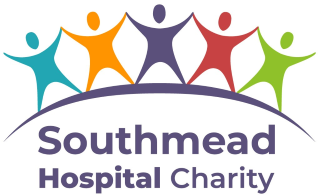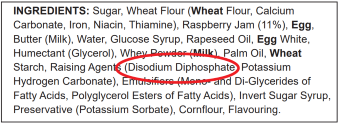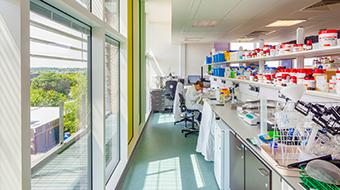Fractional Exhaled Nitric Oxide (FeNO) Test
What is a Fractional Exhaled Nitric Oxide (FeNO) test?
This is a quick and easy way to measure inflammation (irritation) in the lungs.
The test may be done in the diagnosis of asthma, to evaluate a chronic cough, or to see how well treatment is working in a patient who has already been diagnosed with asthma.
What does the test involve?
- You should not smoke on the day of the test.
- You should avoid eating nitrate rich foods (such as leafy green vegetables and beetroot) on the day of the test.
- You will be asked to sit in a chair for testing
- You will be asked to take a deep breath in as fully as possible and blow out at a steady pace for about ten seconds.
- The test takes about five minutes to complete.
What happens after the test?
The results will be sent to the healthcare professional that requested the test and they will discuss the results with you at your next appointment.
Reference
ATS/ERS Recommendations for standardized procedures for the measurement of exhaled nitric oxide 2005 (Joint statement).
© North Bristol NHS Trust. This edition published June 2024. Review due June 2027. NBT002534.
Contact Respiratory Physiology
Phone: 0117 414 5400
Email: respiratoryphysiology@nbt.nhs.uk




